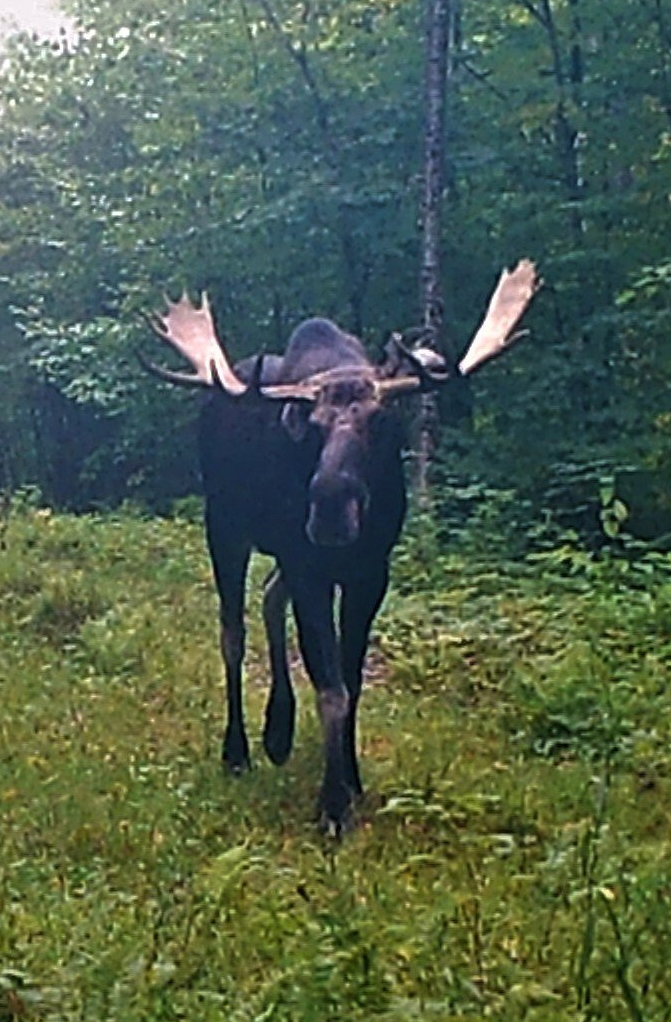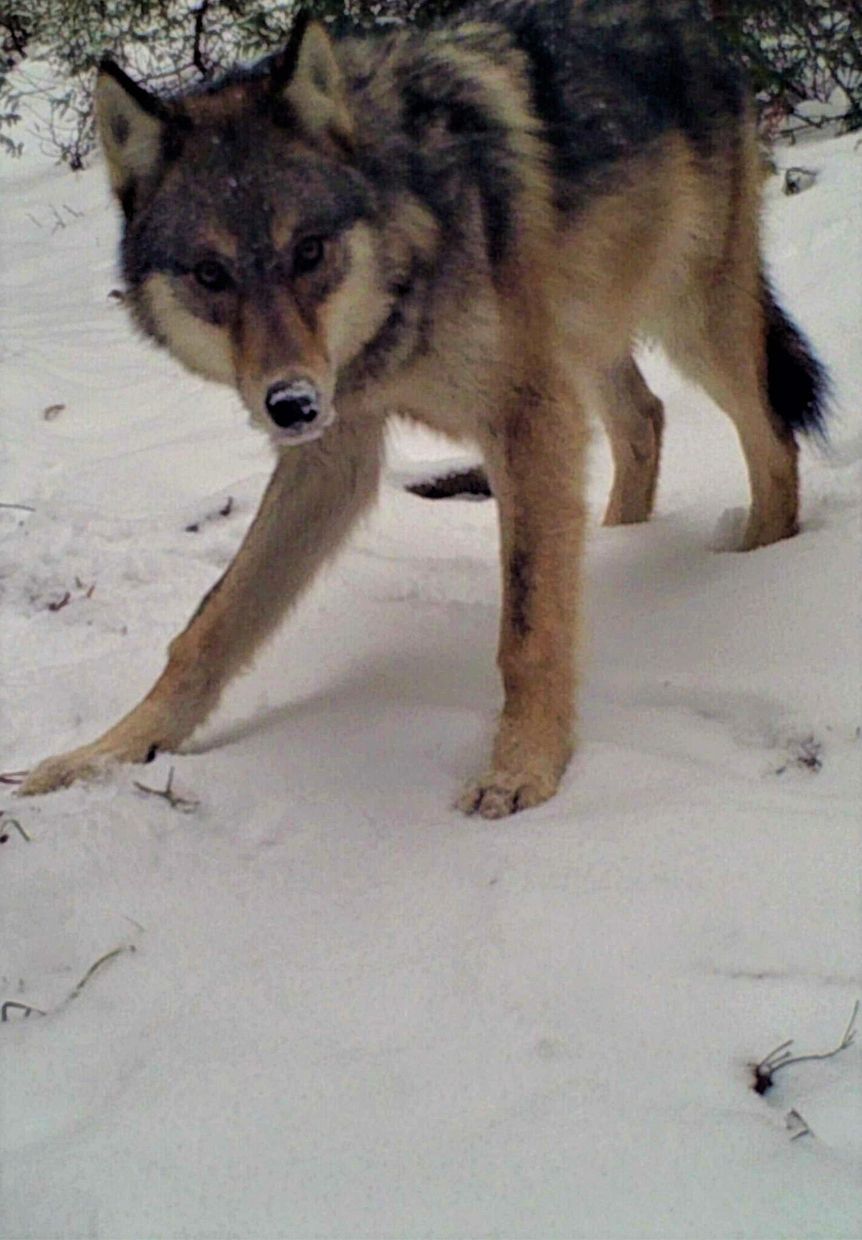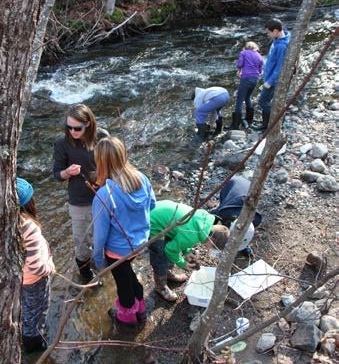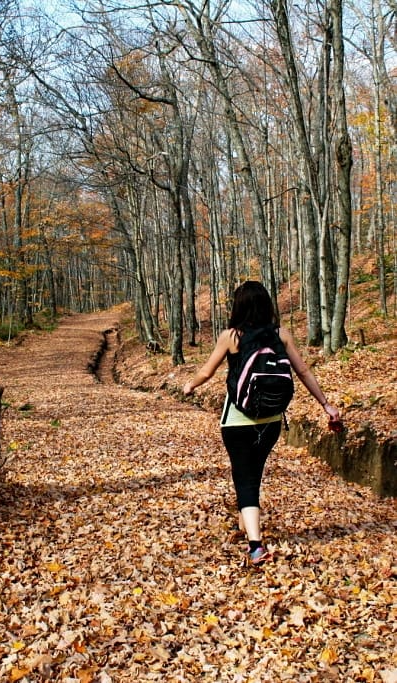Our 4 Principles
Our mandate is to conserve the land and natural environment of Algoma Highlands by:
- Establishing nature reserves to conserve ecosystems, rare species habitat and significant historical or cultural features
- Conducting scientific research on the flora, fauna, hydrology and geology of the region
- Offering public recreational facilities
- Offering educational programs
These objectives of our incorporation form the basis of the four principles that guide all of our activities:
1
Conservation
Conserve ecological integrity of the Algoma Highlands.
2
Silent-Sports Recreation
Facilitate low-impact recreational activities to foster appreciation.
3
Ecological Research
Promote knowledge and understanding of protected ecosystems.
4
Environmental Education
Enhance public awareness and appreciation of our environment.
Conservation
Some 2 ½ billion years ago, the greatest mountains in North America weren't the Rockies or Appalachians, but a range that sprawled across eastern Canada - the Canadian Shield. Today the legacy of these ancient peaks exist in the stunning bluffs of Algoma Highlands. Here lie some of the earth's oldest rocks; waterfalls created from land still rebounding from the weight of the last great glaciers 10,000 years ago; lakes and woodlands of incredible natural beauty; and a diverse array of wildlife and plant species.
The Algoma Highlands Conservancy holding is dominated by King Mountain which towers over 1,200 ft (365 m) above Lake Superior. From the Peterson hut on its summit and scenic lookouts on the Robertson Cliffs, spectacular views of the highlands area can be enjoyed through all four seasons. In winter the area has a particular beauty, blanketed in an ermine coat of newly fallen snow. In the fall, the forests are afire with reds and yellows of maple, oak and aspen, offset by the deep forest greens of spruce, fir and white pine. These are the scenes that have intrigued and inspired generations of artists and photographers from the world over, including the renowned “Group of Seven.” From the lookouts some of the islands and bays of Lake Superior, the largest fresh water lake in the world, are visible. The proximity of this great inland sea and particularly its spectacular eastern shore, add another unique dimension to the Algoma Highlands.
Working from a desire to share these natural wonders with others, the Algoma Highlands Conservancy seeks to facilitate public use of this area while minimizing potential negative impacts on ecological integrity. We are particularly concerned with conserving suitable habitat for iconic wildlife species such as moose, black bear, wolves, beavers and loons. Conserving critical habitat for less conspicuous species, such as salamanders, otters, and a wide variety of forest birds is of equal importance. A number of relatively uncommon animal species such as the eastern wolf, bald eagle, and peregrine falcon, which all frequent the area, garner our specific attention.
Plants are critical elements of this ecosystem as well. The mixed-woods which dominate the over-story of the highlands protect an incredible carpet of showy wildflowers such as Dutchman’s Breeches and Spring Beauty as under-story. The area is known to support several relatively rare plant species such as the Oval-Leafed Bilberry, Wild Licorice and Braun’s Holly Fern.
Consolidation of the King Mountain and Robertson Cliffs properties in 2009 ensures the unique beauty and ecological integrity of the area will be conserved and transferred undiminished as our legacy gift to the next generation and beyond. We invite all silent sport enthusiasts and those that simply enjoy and appreciate the serenity of our natural world to spend time in this unique and beautiful part of northern Ontario!


Silent-Sports Recreation
The Algoma Highlands Conservancy holdings of Robertson Cliffs and King Mountain combine with other lands formerly owned by Chuck Peterson and adjacent crown land into an area of roughly 70 km2 that boast a network of about 100 kilometres of trails. The area is bounded by Robertson Lake in the South, Lapointe Lake in the West, Belleau Lake in the North and Bone Lake in the East (Stokely Area Map).
The beauty of the area and an annual snowfall averaging more than 3 m (9 ft), has made this a premiere destination for cross-country skiers in North America since the 70's. Use of the groomed cross-country ski trail and snowshoe trail network (established through the efforts of Bob Yankus and Lucy Gagnon) requires the purchase of a trail pass from Stokely Creek Lodge: www.stokelycreek.com.
Non-groomed trails on our King Mountain and Robertson Cliffs property are accessible for silent-sports recreational users for free year-round. Cliff-based activities such as climbing, bouldering and rappelling are prohibited to protect the ancient and undisturbed cliff habitat and peregrine falcon nesting sites.
The Robertson Cliffs trails (RC Trail System Map) are accessed from Robertson Lake Road. The trails on and around King Mountain are most easily accessed from Stokely Creek Lodge (AHC Trails Map). The Voyageur Trail runs from Robertson Lake Road via the Robertson Cliffs and the west peak of King Mountain and on through Astina property to Haviland Bay of Lake Superior (VTA Map). Trail maps are posted at trailhead parking areas - Stokely Creek Lodge and Robertson Lake Road - and at most trail intersections throughout the trail system. These trails are developed and maintained for the public’s enjoyment and safety in partnership with Stokely Creek Lodge, the Voyageur Trail Association, and Sault College’s Natural Environment and Outdoor Studies Program.
Improved access and way-finding has facilitated a tremendous increase in the trails’ popularity in recent years (Trail Use Statistics) as more people seek a reprieve from an increasingly urbanized and hectic lifestyle and use our trails to experience the beauty and serenity of the Algoma Highlands.
Ecological Research
The more we learn about our local ecosystems, the more we recognize the need for their protection. Making scientifically validated contributions takes time, dedicated effort and many resources. The Algoma Highlands Conservancy has a history of bringing together expertise and resources by forming and leading research partnerships that engage companies, educational institutions and government agencies. Our land offers ideal locations for conducting and demonstrating scientific research related to wildlife biology, sustainable resource management, and ecological restoration.
From 1994-1996 a captive release program to reintroduce the Peregrine Falcon was carried out at Robertson Cliffs. Ontario Ministry of Natural Resources staff and volunteers released 38 young falcon chicks from a hack site at the top of the cliffs. The Robertson Cliffs and nearby cliffs at Haviland Bay have been active nesting sites since 1997. Today, almost all suitable nesting habitats along the Lake Superior shoreline from Sault Ste. Marie to Thunder Bay have been occupied.
Starting in 2011, the Algoma Highlands Conservancy partnered with local and regional power companies, such as Hydro One, Great Lakes Power Transmission and Algoma Power Inc., as part of the Corridors for Life project to examine the potential effects of power line rights-of-way (ROW) and associated management techniques on the integrity of natural forest ecosystems through which they pass. A primary focus of that project was on species at risk (SAR) and their habitat preferences. The project involved the use of novel techniques for detecting and monitoring wildlife and particularly SAR in and about ROW corridors, testing and demonstrating alternative vegetation management practices, and restoring impacted natural habitats. The project was expanded to investigate movement patterns, habitat use, and potential ROW disturbance effects on wood turtles, a species at risk that is considered endangered in Ontario. The multi-year study deployed a combination of radio tracking and GPS tracking of tagged individuals. The results of that study were published in 2018 and can be found
here and
here. A more recent project investigated the effects of vegetation management along ROW corridors on native pollinating insects, which can be viewed
here.
We are focused on increasing knowledge of the biodiversity harboured by our lands. A citizen-science project has been initiated by the Sault Naturalists to document observations of all life forms on the i-Naturalist platform by visiting volunteers.
Our most recent ecological research venture began in May 2021, when we initiated a multi-agency collaborative wildlife research project with the purpose of learning about how wildlife interacts with various human-made landscape features within the southern Algoma Region. Using an integrated monitoring approach, we have been gathering data on the frequency and occurrence of various species including moose, bear, fox, deer, wolves and coyotes. One key focus is to further our understanding of how these wildlife communities interact with each other and their habitat. Another key objective is to focus on select species such as the canid species, which play a critical role as apex predators in healthy, well-functioning ecosystems. You can learn more about our wildlife project
here.


Environmental Education
The Algoma Highlands Conservancy recognizes the need to further our understanding of natural systems and to transfer this knowledge to current and future generations. The Algoma Highlands provide a living classroom—where ecological concepts and conservation biology can be learned and observed first hand, a mere 20-minute drive from three post-secondary academic institutions, as well as many local elementary and secondary schools.
In 2011, a grant from the Ontario Trillium Foundation enabled the Algoma Highlands Conservancy to hire an Environmental Education Coordinator, Cynthia Marcinkowski. In 2014, Shannon Ramsay, took over the position and continued to develop experiential environmental education programs. Between 2011- 2019, Algoma Highlands Conservancy offered thousands of elementary school students from Algoma District School Board an opportunity to explore and learn from our natural environment through a day of hands-on engagement in soil, stream, forest or wildlife ecology. Rising costs of transportation and other funding constraints has prevented resurrection of the program after COVID-19 forced closure in early 2020.
The Algoma Highlands Conservancy also took on the coordination of Algoma District’s Envirothon, a unique province-wide team competition that encourages high school students to get outdoors and increase their understanding of forests, soils, wildlife and aquatic ecosystems and the impact of humans on the environment. The activity workshops and final competition are accomplished in partnership with the Ontario Ministry of Natural Resources, Natural Resources Canada, City of Sault Ste. Marie, Sault College, Clean North, Clergue Forest Management, and the Algoma District School Board. The annual competition is hosted in collaboration with Stokely Creek Lodge.
The Algoma Highlands Conservancy continues to explore and offer new ways to connect people of all ages and backgrounds to the natural environment and inspire them to be good stewards of this ecologically valuable land.




